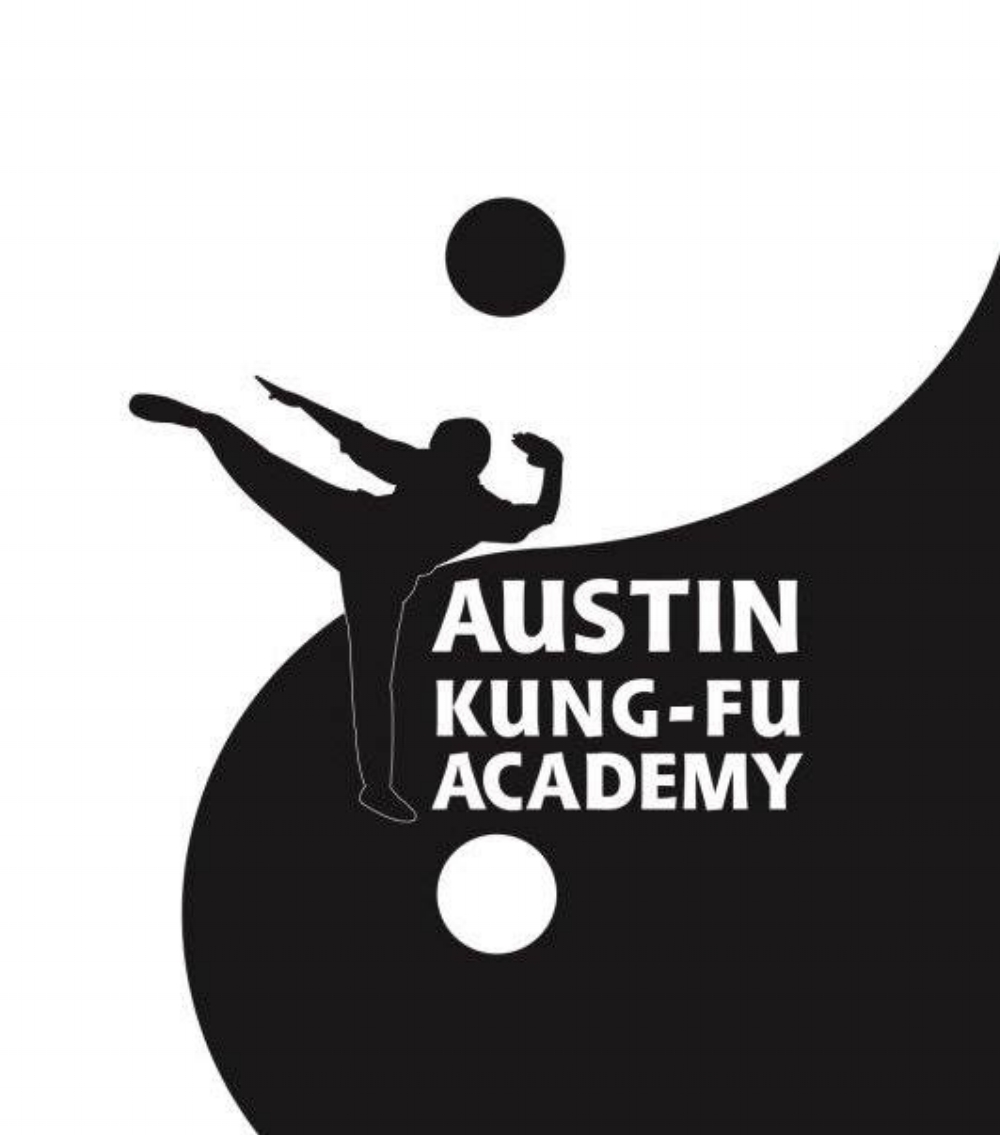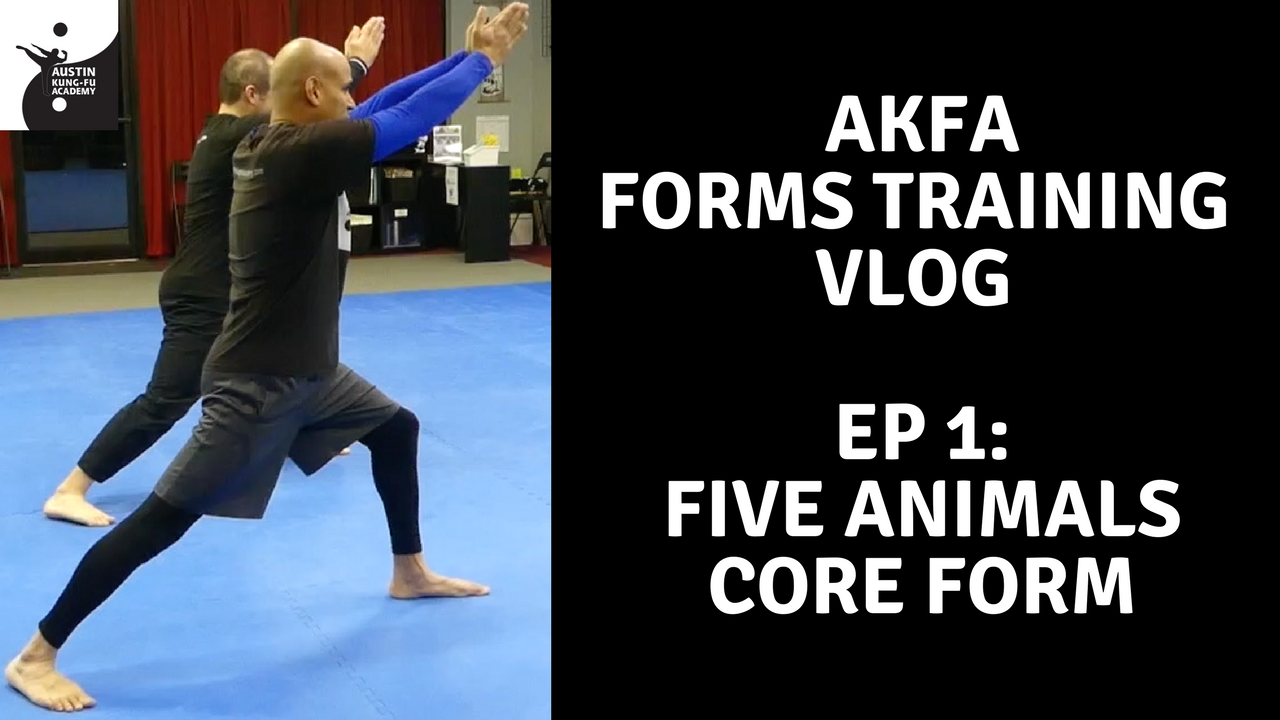In self defense situations, always assume the attacker wants to punch you, that they want to damage you with strikes. Developing this mindset from the start of your training will help develop a foundation that you can rely and depend on, if you are in a (heaven forbid) a violent situation.
It is somewhat naieve to think that you will have self defense reflexes when you don't practice self defense movements. So this Guard Stages concept, in the world of self defense, is a non-negotiable.
I've heard that some people who practice grappling oriented martial arts never learned this, and ended up getting beaten up in a street fight, because the reflexes that they had been training was all sport oriented, and did not translate very well in a street situation.
So here, we start from the Guard Stage 1 position, which we covered in another video. Now, if they:
-Decide to try to punch your ribs, you insert your shins and put them in Stage 2.
-Decide to posture up and punch, you help them up, put your feet on their hips, bridge up, and cover your face without blinding yourself., which is Stage 3.
-Decide to stand up and try to take shots at you, help them up, put your feet on their hip flexors, and shield your face (keep your hips down). Which is Stage 4.
-Decide to detach from Stage 4 and try to get past your legs, you put one foot down (of the direction they are moving), and one foot up pointed towards them like a radar. If they switch directions, you switch your feet position! This is Stage 5
-(BONUS!) Decide that they can't get past your legs, they try to go back in and try to smash on you, you insert both feet on their hips, and put them back into Stage 4.
From any of the Guard Stages positions, if they bear their weight down, gradually bring them back down into Stage 1. Especially when it comes to Stage 4 - DO NOT JUST OPEN YOUR LEGS TO BRING THEM BACK INTO STAGE 1!! They may fall down and smash into you. Bend your legs, and gradually bring them into Stage 1.
So you must learn to feel where their energy is. Chances are, when they are in the Stage 2, 3, and 4 positions, to get any real leverage behind their strikes they have to swing it a little more laterally, to do damage. When they realize they can't reach you, they will bear their weight down to try to get closer to you to strike. When that happens, that downward pressure is what you want to be aware of, and that is when you lower them down back into Stage 1.
So this concept and drill builds your sensitivity. Go slowly with it, and start with this order of the Stages:
1, 2, 1, 3, 1, 4, 1, 4, 5, 4, 1
What this means is that your partner needs to set up for the next stage with the striking orientation, and then, bear the weight down to go back to Stage 1.
Once you are feeling pretty comfortable with that order, then mix it all up! Develop the reflexes and sensitivity to the different positions.
Have fun with this! This is the strategy we use to exhaust the attacker! Our first priority is to stay safe from punches! Then our second objective is to let the attacker exhaust himself. It is only after that, that we then think about end the altercation with a submission.
Follow me for more Martial Arts Instruction on social media:
Twitter - @AustinKungFu
Instagram - @AustinKungFuAcademy
Facebook - Facebook.com/AustinKungFuAcademy
https://youtu.be/aeOgBwtIJwE





















